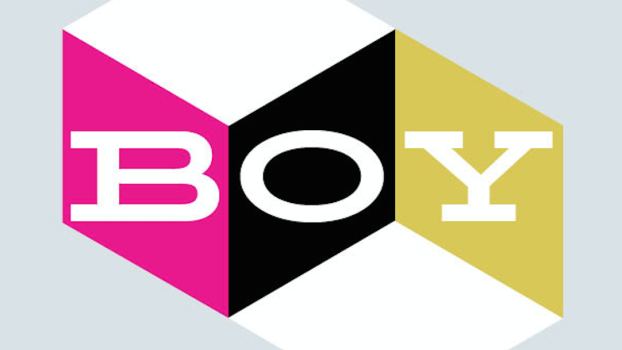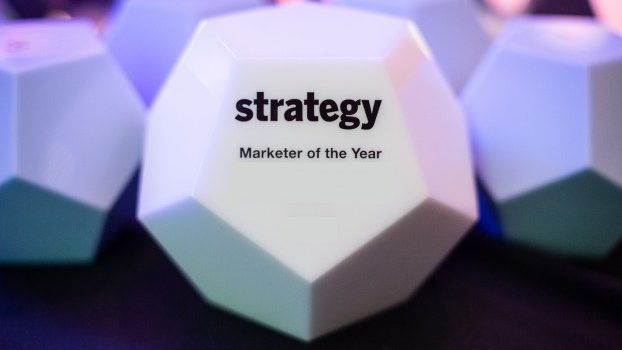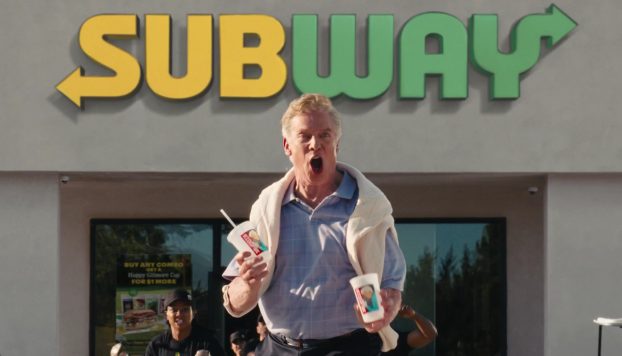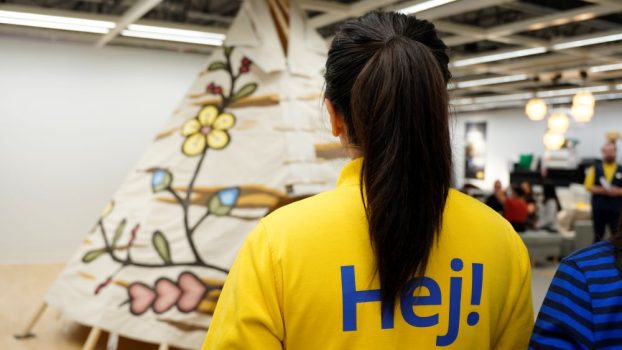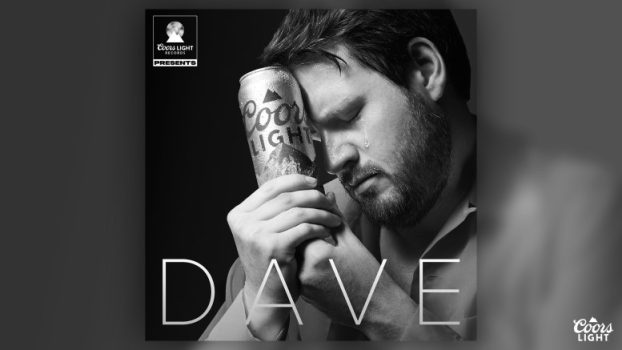This story appeared in Strategy C-Suite, a weekly email briefing on how Canada’s brand leaders are responding to market challenges and acting on new opportunities. Sign-up for the newsletter here to receive the latest stories directly to your inbox every Tuesday.
Videotron first began beta testing Fizz, a digital-only mobile and internet brand for the Quebec and Ottawa markets, in September 2018. The Quebec telco provider hoped that the new brand could help it compete in a market with thriving low-cost carriers, such as Rogers’ Chatr Mobile, Telus’ Public Mobile and Bell’s Lucky Mobile.
Come February the following year, all systems were go. Ogilvy had developed a campaign matching the brand’s quirky image (which it also had a hand in creating), with several spots that emphasized the company’s promise to deliver ongoing perks over personalized pricing and limited-time offers.
In Canada – and even in Quebec, where prices are roughly 20% to 25% lower than the rest of the country – price remains the primary driver when picking a provider, says Martin Gendron, lead of marketing and communications at Fizz. But quality service is also important, and soon Fizz – which, as a digital brand, does not have physical locations – found itself needing to address network challenges mid-launch.
Gendron spoke to strategy about the months that followed Fizz’s launch, and how the company managed customer expectations and continued to build its brand while undergoing a “stabilization period” that would only end in October 2019.
Meanwhile, Fizz continues to roll out new creative, including new spots in support of its rewards program.
[iframe_youtube video=”7KOiuLcpR1c”]
You first spoke to strategy last February, when Videotron went to market with Fizz. How has the first year gone for you as a company?
We went through what we call a long period of stabilization, where instead of going back to a beta [test], we made it clear to customers that they were getting a great price but had to expect a few network issues… slow data, small stuff like that. A stabilization phase is something you never plan to do; we had to react quickly. We had to be honest, [especially since] we’re targeting smart, connected consumers. They are extremely aware of what’s going on and they’re very vocal on social. So we wanted to be transparent with them.
Getting customers to sign up for a service that is going through a stabilization period must be difficult. When that happens, how can you communicate the issues in a way that helps customers trust in your brand and the experience you’re providing?
Telecom networks are extremely complex, so we didn’t go into the specific detail about the issues. But we were very transparent about what needed to be fixed. We [discussed] it on social media, and we wrote it on the website: here is what you should expect. Despite the fact that we are an autonomous service, we still have a support group, which we call “customer happiness agents,” and they can be reached by chat. FAQs were built to explain to the consumer in detail what was to be expected, what the rebate was for, what would happen with pricing at the end of the stabilization period. We tried to [anticipate] the questions consumers would ask, and if we forgot one or two important ones, we would update [our messaging].
That’s the magic of a digital operation. It’s about being transparent. And you know what, people understood better than we thought, and the [response] was very positive, because I believe that the people that have come to Fizz really understand that this is something different.
Did you pull back on your February marketing launch during that stabilization period?
We were planning to go out [with our message] in Q1 of 2019. But we had to stop because the network was not stable enough. Going into the spring, we deployed our campaign and branding in a much louder way, despite still having a few technical issues. That was around the time that we launched our broadband internet service. For the internet service, we were super stable. But in terms of our mobile service, we still had a few issues, so we were warning customers [as they signed up], and that was a challenge. But we went on with our game plan of deploying a 360 plan, including traditional, digital, social media content and influencer.
Has your marketing strategy evolved since then?
At first, we used general messaging, such as, “Keep what’s yours.” Now, with [our agency partner] Ogilvy, we’ve decided to get a bit more [granular] with our messages, so that people can go from learning about the brand to becoming aware of what’s different [about us]. Now, when we talk about rollover data, we say, “Your data is transferred to the next month.” Over the next year, we will [continue] educating our customers about the uniqueness of Fizz. That’s a challenge, because it’s a very busy category. So we have to find ways to explain it differently within the Fizz brand territory, which is fun and different.
Fizz is promoted as an alternative that isn’t based on limited-time offers. Does that remain the core value proposition of the brand?
The non-promotional is something that we’re still putting emphasis on, the flexibility of customers to build their own plans. We’re not trying to tell the market that we will always have the best price, because sometimes our competitors are extremely creative when it comes to promotions. They might be super aggressive for periods of time. But if you come to Fizz you will always have a fair price.
This interview is part of a series for Strategy C-Suite, a weekly email briefing on how Canada’s brand leaders are responding to market challenges and acting on new opportunities. Sign-up for the newsletter here to receive the latest stories directly to your inbox every Tuesday.
The interview has been edited for length and clarity.



